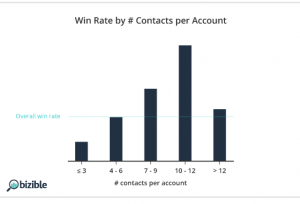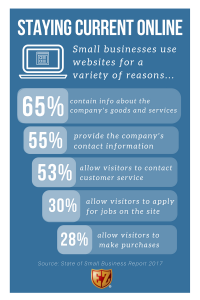A previous post addressing the impact of digital transformation on business models can be found here.
Today’s businesses operate in a world of increasing complexity characterized by higher data volumes, faster business cycles, and ever more demanding customers. In this volatile climate, traditional business models, processes, and skill sets can put a company at a competitive disadvantage. In response, many enterprises are embarking on a project of digital transformation to help them drive revenue growth, enhance the customer experience, improve productivity, and manage risk.
Advanced in-memory, mobile, and cloud solutions are opening the door to completely new possibilities and opportunities for businesses in virtually every industry. From established enterprises to nimble startups, companies are discovering that they must rethink business-as-usual — and these new solutions are the key to helping them create the innovative processes and work models that help them stay competitive.
Remaking processes for the demands of a digital age
In the digital era, customers have higher expectations for the businesses that serve them. They have more choices and more visibility into pricing and scheduling, and they can instantly communicate their approval or disapproval of a particular company to an extended network. In short, they’re applying their expectations and behaviors from their consumer experiences to their interactions in the B2B sphere — leaving many companies scrambling to reinvent their core processes and accommodate these new demands.
Digital transformation helps companies develop the more fluid, responsive, and data-driven processes that are now the prerequisite for success. Some of the areas where companies are using digital transformation to re-architect processes and make smarter use of time, materials, assets, and information include:
- Customer experience — Deliver a personalized, consistent experience across all channels of engagement to drive higher revenue and meet changing expectations for service and order delivery.
- Real-time business — Eliminate the barriers impeding on-demand access to information and resources so decision making can accelerate and business cycle times reduce.
- Predictive insights — Anticipate changing customer and market patterns through modeling and forecasts that allow decision makers to leapfrog competition.
- Cross-enterprise collaboration — Reduce the friction between businesses to create shared processes and leverage complementary strengths.
- People and machine collaboration — Automate rote tasks and information-intensive analyses that are a drag on employee productivity.
Changing roles and responsibilities in the workplace
As companies use digital transformation to become more fluid and responsive, they are also asking their workforce to approach day-to-day responsibilities in new ways. The digital economy requires fresh levels of insight, creativity, and flexibility from workers. New technologies now free the workforce from many of the traditional manual and labor-intensive tasks that often distract teams from adding greater value to the core mission of the business. And digital transformation is critical as companies try to attract and retain a new generation of talent that expects easy access to information and tools needed to be effective. Companies maximize the return on their human capital when they:
- Improve visibility to drive real-time business management — Allow employees can proactively make decisions and react faster to change.
- Streamline collaboration — Break down the internal barriers that separate teams so ideas can cross-pollinate and innovation can spread rapidly throughout the company.
- Deploy consumer-grade capabilities for personal productivity — Help employees be efficient with advanced, enterprise-class capabilities and intuitive interfaces on mobile devices.
- Use machine learning to automate repetitive, high-volume tasks — Free employees to focus on higher value tasks.
Determining your digital readiness
Digital transformation is fast becoming a top priority for businesses in every industry segment. At SAP, we’re helping today’s innovative companies reimagine their processes and work environments to capitalize on the potential of this fundamental shift in how businesses operate. Our Digital Readiness Assessment will help you identify the areas of your business that would benefit from digital transformation — and better understand the potential impact on your own bottom line.
Digital & Social Articles on Business 2 Community(84)








